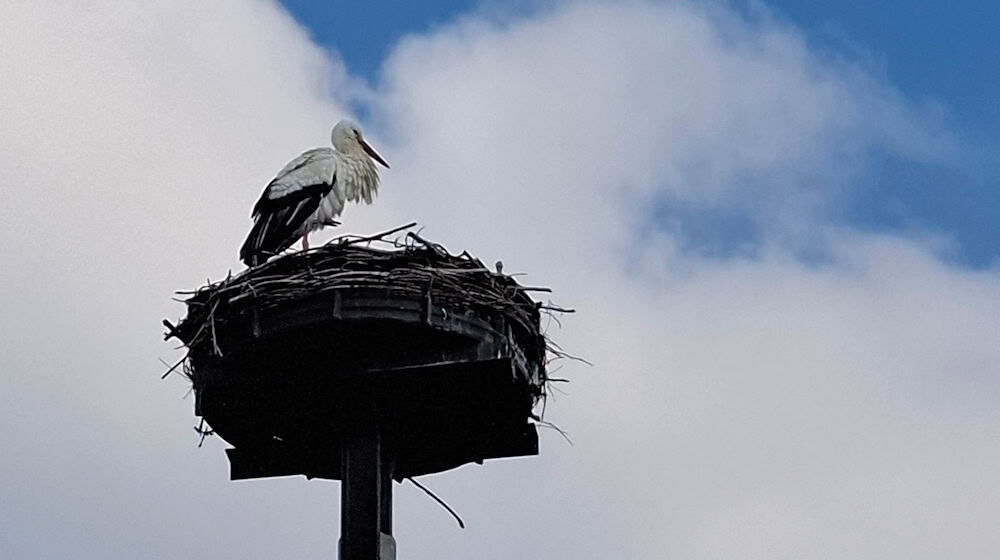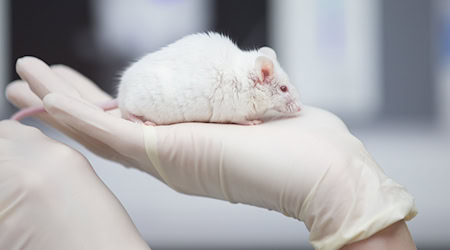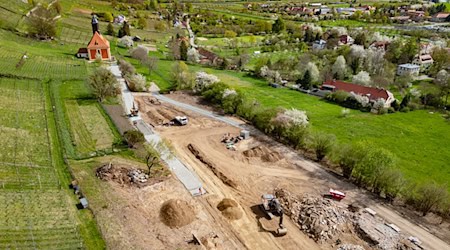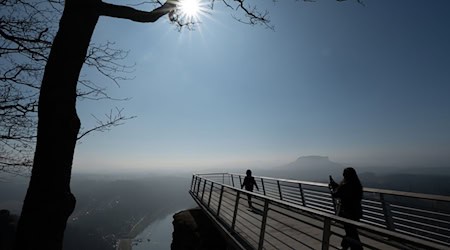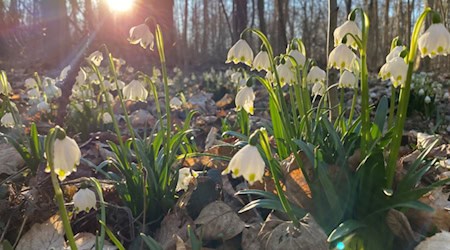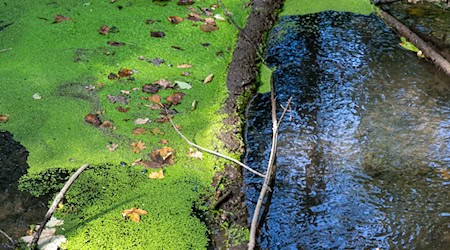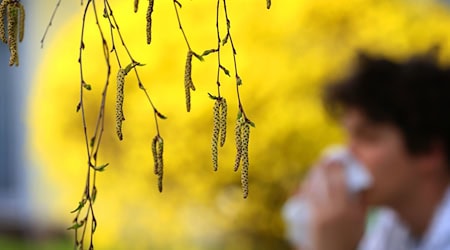Despite the frosty temperatures, the first storks in Saxony have already settled back into their nests. Team Sachsenstorch already documented the first returnees in its online overview at the end of January - for example in Schkeuditz near Leipzig and near Eilenburg.
Expert Sylvia Siebert from the Nature Conservation Institute in Dresden explained that the trend in recent years has been for white storks to return to Saxony from the end of January to mid-February. She also reported that 2024 was the most successful stork year in Saxony to date.
Some frosty nights are not a problem
"People don't need to worry about the frosty temperatures either. For one thing, the storks are quite robust and there are also enough bare patches where they can find food," said Siebert. As long as there are no double-digit temperatures below zero for weeks, the weather is not a problem. It should get warmer at the end of the week anyway. "We'll be fine for a few days," said Siebert.
The storks that have already returned to Saxony are the so-called western migrants. They fly in from Spain, for example, where they spent the winter. Their route is shorter than that of the eastern migrants, which leads across the Bosporus and the Middle East, in some cases as far as South Africa. These storks are expected to return from the beginning of March to the end of April at the earliest.
2024 most successful stork year
Last year was the most successful stork year in Saxony since records began in 1950, said Siebert. A total of 471 breeding pairs with 921 young were counted. The long-term average is around 350 stork pairs.
The strongholds of the white stork (Latin: Ciconia ciconia) in Saxony are the Upper Lusatian heath and pond landscape, the Röderaue and the Leipzig lowlands.
Copyright 2025, dpa (www.dpa.de). All rights reserved

